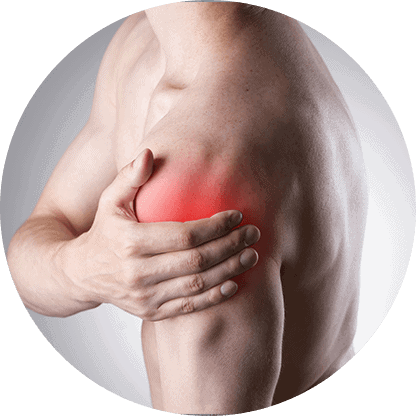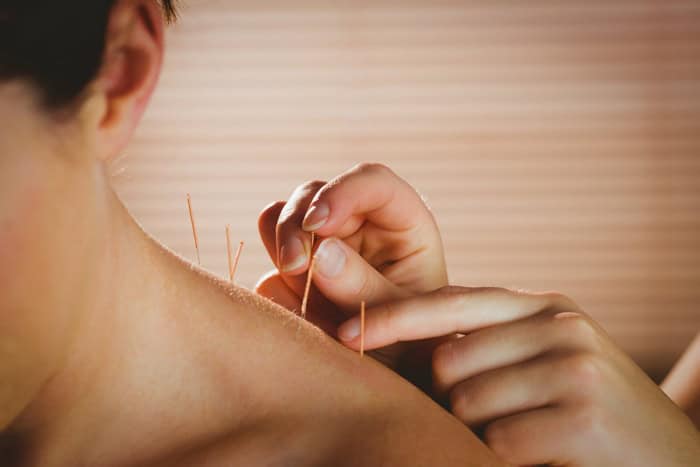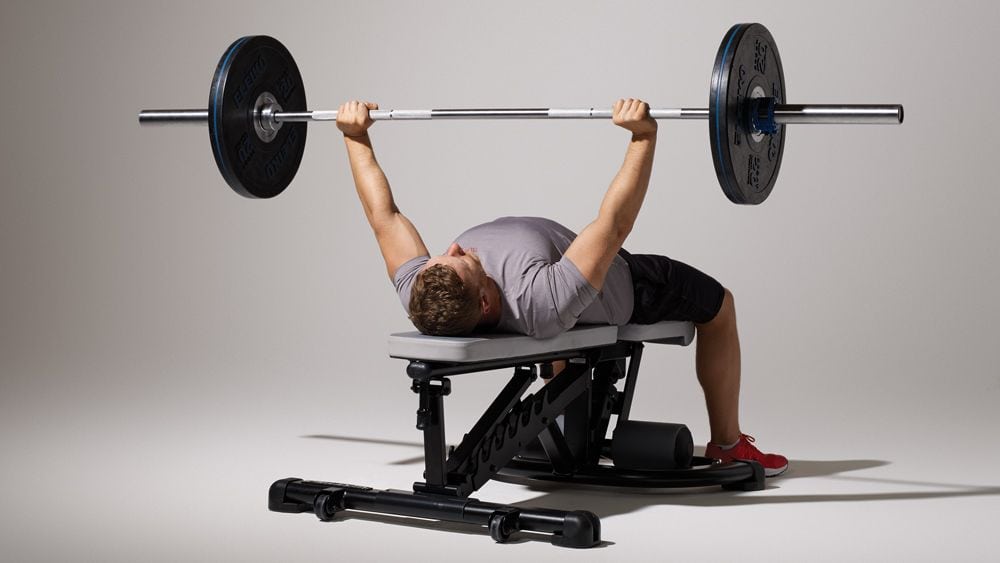In this month of South Simcoe Physiotherapy’s blog post, we are going to explore a real patients physiotherapy experience suffering from shoulder pain – right from the initial assessment and diagnosis to the patient returning to their goals and graduating from physiotherapy!
First off, shoulder pain is a quite common injury that can be experienced at any age and at any activity level. The types of shoulder injuries can very vastly from rotator cuff tendinopathies to recurrent dislocations to referred pain from our spine. With that being said, it is important that a detailed and thorough physiotherapy assessment is performed. Let’s dive into a clinical case of shoulder pain!
The Case:
How did this individual present at initial assessment?
Patient Background
The patient was a 33-year-old male suffering from right shoulder pain with onset of approximately 3 weeks. He reported that his pain started during a gym workout, more specifically after a barbell bench press movement. He did not report a popping or snapping sensation at the time of injury or at his current presentation. The pain he was currently feeling was an annoying aching in the side of his right shoulder which varied from 0 to 4/10 in intensity.

Aggravating factors (things to make his pain worse): shoveling snow, reaching overhead, sleeping on his right shoulder and stomach, reaching behind his back
Easing factors (things to make his pain better): icing his right shoulder and resting
This individual reported that he has had no previous right shoulder or neck injuries. Also, he was in good health, with no pre-existing medical conditions or on any medications.
His physiotherapy goals were to:
- Reduce his right shoulder pain
- Improve sleeping on his right shoulder and stomach
- Improve his right shoulder mobility, specifically overhead and behind his back
- Return to bench pressing at the gym
The Physical Examination
As mentioned prior, there can be a wide range to the cause of shoulder pain and therefore a cervical and upper body neurological screen was performed. With this gentleman, it all presented normally, which allowed the physiotherapist to transition to specifically assessing the right shoulder!
The gentleman had limitations in his active range of motion in his shoulder with abduction (moving his arm out to the side) and hand behind back. He also had reduced strength in his right shoulder in all directions, but most significantly and associated with pain was with abduction and rotation of his arm outwards.

After performing some shoulder specific clinical tests and palpation, this individual was diagnosed with a right supraspinatus tendinitis.
What did treatment look like for this individual?
Stage 1: Reducing pain and inflammation
For the first 2-3 weeks of treatment, the goal was to reduce this patient’s shoulder pain. This involved discussing provocative shoulder positions as well as more favourable posturing to reducing any aggravation. This treatment consisted of the use of modalities such as acupuncture and ultrasound. The physiotherapist also performed soft tissue therapy and passive mobility to begin to maintain mobility of his shoulder. Within the first 3 weeks, this individual had experienced a decrease in pain from 4/10 to a 1/10, as well as could sleep on his right shoulder for up to 1 hour before needing to switch positions.

Stage 2: Improve his shoulder mobility
Once his shoulder pain was reduced and at a manageable level, the main focus shifted to improve his shoulder abduction and hand behind back mobility. This gradually improved over approximately 4 weeks with passive mobility and shoulder mobilizations. By the end of the 4 weeks he was able to reach above head with minimal discomfort, as well almost reach behind his back the same as his left side.
Stage 3: Improve his shoulder strength
As this patient’s shoulder mobility began to improve, shoulder and scapular strengthening exercises were prescribed. Specifically focusing on his supraspinatus and other rotator cuff muscles, and gradually working up to larger muscle strengthening to help improve his comfortability with bench pressing.
Stage 4: Sport/activity specific exercises
With this patient, his main goal was to return to bench pressing comfortably. At approximately 8 weeks after the initial assessment, we had him back to bench pressing. This was at a much lower resistance as prior, however he continued to build strength in supporting shoulder musculature, and gradually increased his resistance with bench pressing.

This specific individual continued with occasional physiotherapy appointments every 3-4 weeks for shoulder maintenance, as well as guidance on progression of exercises. He reached his goals of reducing shoulder pain, improving his sleep on his shoulder, improving shoulder mobility and returning to bench pressing with consistent physiotherapy treatment, and therefore was graduated from physiotherapy!
If you are dealing with shoulder pain or any other injury and are wanting to return back to an activity or simply reduce your pain, one of our skilled physiotherapists in Alliston or Tottenham will help you reach your goals!
